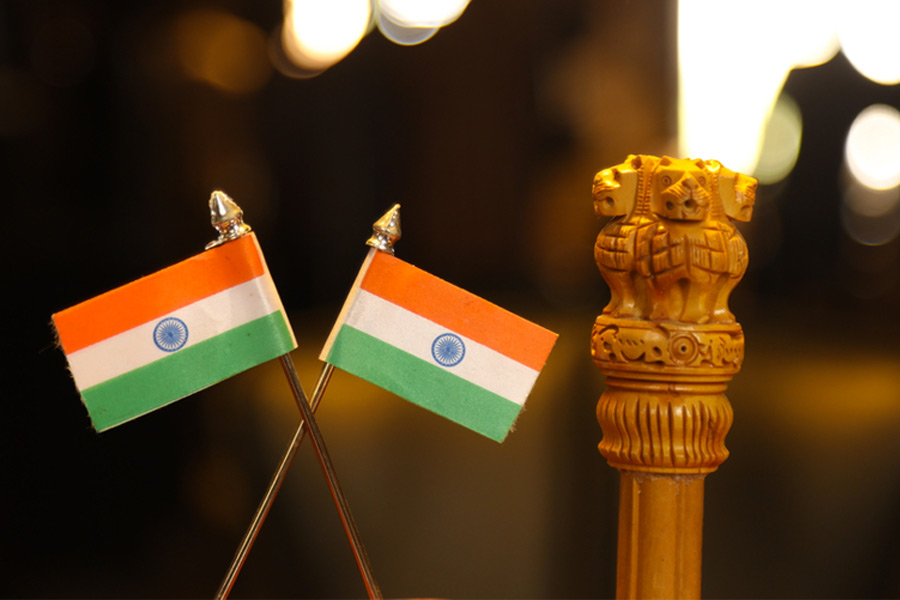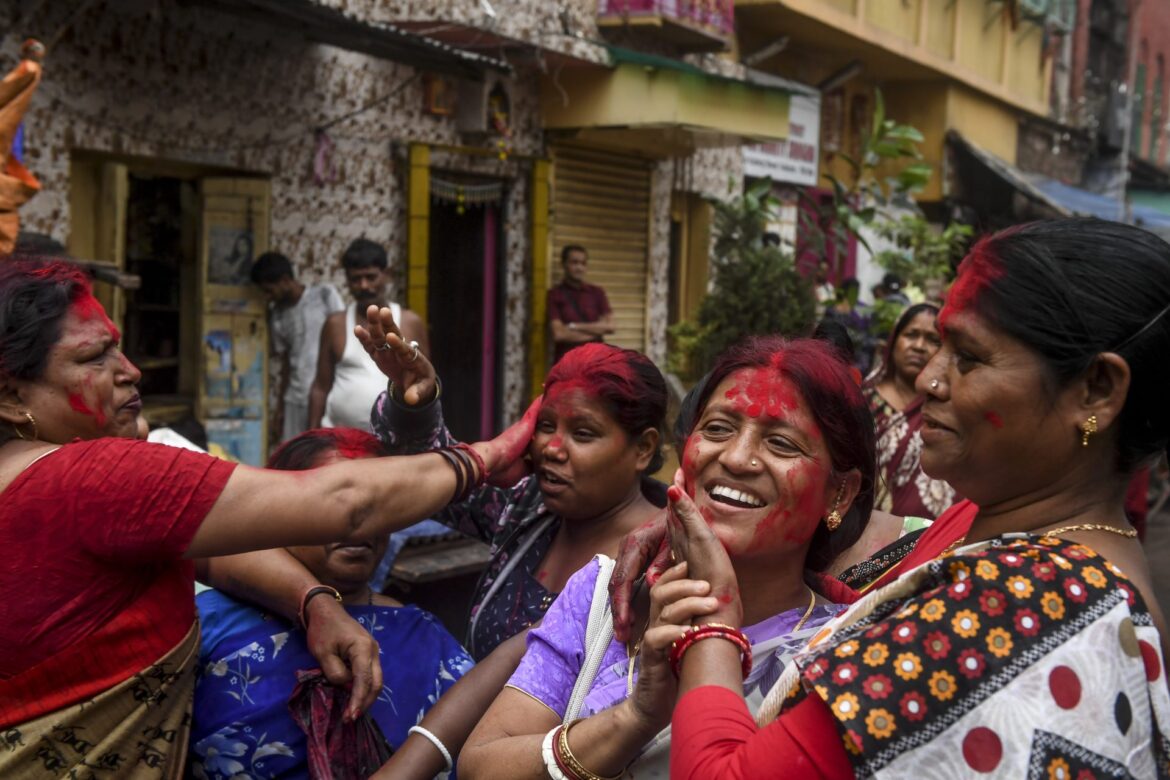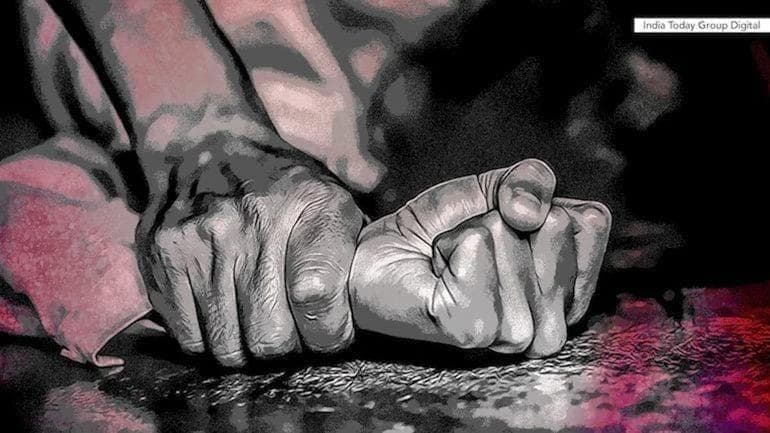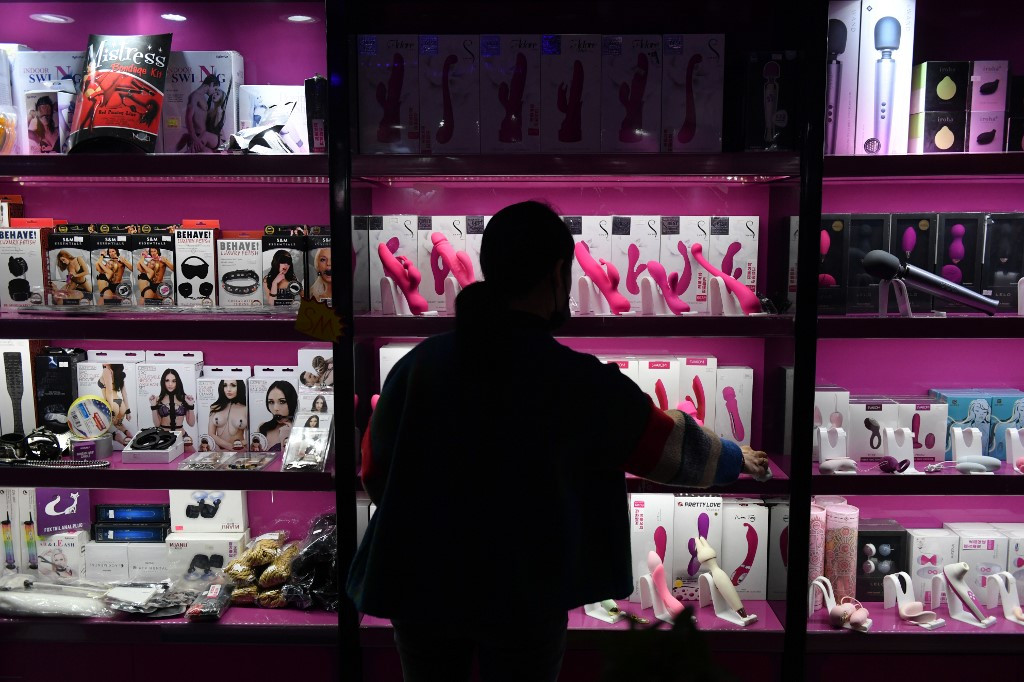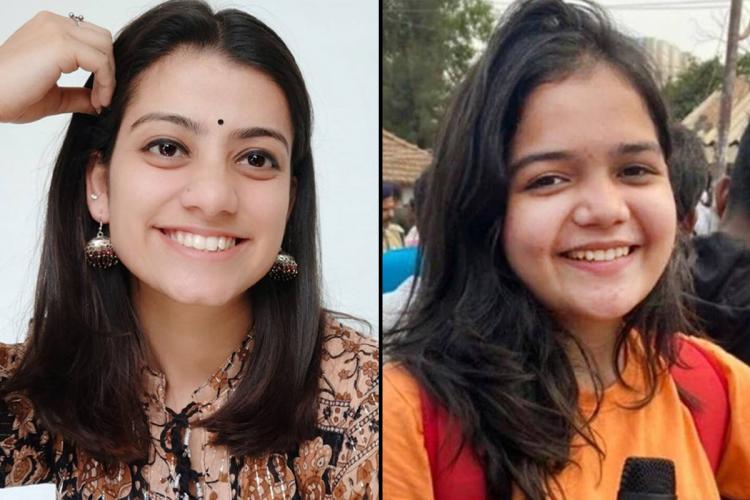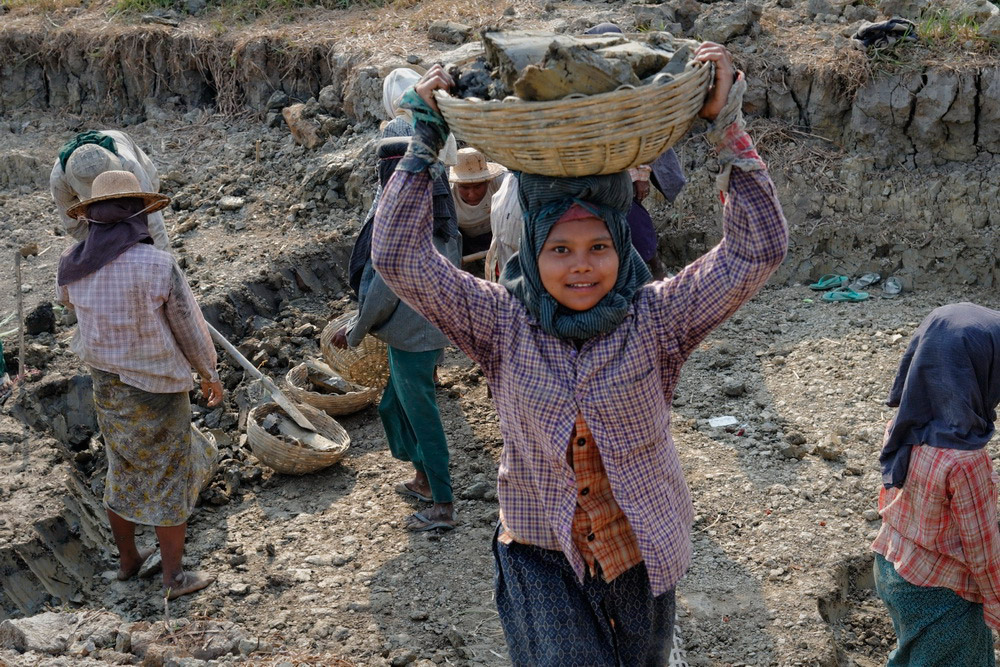By Lauren Prem
The Indian criminal law system has been overhauled by the three criminal laws namely the Bhartiya Nyaya Sanhita (BNS) act, Bhartiya Nagarik Suraksha Sanhita (BNSS) act and the Bhartiya Sakshiya act (BSA) which seek to supersede the Indian Penal Code, 1860, the CrPC, 1973 and the Evidence Act, 1872 respectively. Since then, the changes introduced by these laws and their implications on the society have been a matter of discussion in the legal and political world. In addition to carrying the colonial baggage, the old penal code is premised on archaic notions of womens’ role in the society, which hindered their social progress and further rendered gender equality a far-fetched goal. An era which treats fundamental rights above all man-made social institutions, requires a change in laws to fit the growing aspirations of the people. This article seeks to evaluate the changes introduced by the two revised criminal laws, the BNS and the BNSS (as only they include changes concerning women), from a woman’s angle by exploring how these changes affect the rights of women in a male-dominated society.
What new does these laws offer women?
This part of the article aims to examine the modifications made to the criminal justice system that are significant to womens’ rights. Some writers observe that the BNS act primarily focuses on offences against women and children by consolidating them under a single chapter and by adding new provisions that fortify women rights. Firstly, section 69 of the BNS act, a new offence that did not have its place in the IPC previously, penalises consensual sexual intercourse coupled with a false promise to marry. This provision seeks to protect those women, who consent to sexual intercourse based on the man’s false promise to marry, by punishing these men for the offence of rape. The jurisprudence regarding ‘rape on the pretext of marriage’ has a judicial evolution prior to obtaining its place in the criminal laws. This judicial interpretation was further solidified into a legislative provision in the new BNS act. Secondly, section 86 of the BNS act reflects a progressive move by including mental harm within the definition of cruelty against women, an aspect which was previously missing in the IPC and left to the judiciary for interpretation. Thirdly, the BNS act has excluded adultery from the criminal code, thereby endorsing the Joseph Shine judgement, which decriminalised adultery by declaring the provision as ultra vires the constitution. This step reflects the society’s tilt towards fundamental rights and away from traditional societal norms that curb individual liberty. Fourthly, section 354C of the IPC which includes the possibility of only men being offenders of voyeurism is rectified in the new BNS act by incorporating gender neutrality. Section 77 of the BNS act uses the term ‘any person’ as opposed to the term ‘any man’ (as provided in the IPC) to refer to the perpetrator. This moderation makes a huge difference by protecting women from cases where men use women to commit voyeurism (capture images) as the IPC completely excluded the possibility of charging women for the said offence. Similarly, section 354B of the IPC which punishes assault or criminal force on a woman with the intent to disrobe her, uses the term ‘any man’ to denote the perpetrator, thereby implying that a woman cannot be a perpetrator. This mistake was rectified in the BNS act by making section 74 gender neutral. This ensures added protection to women.
Fifthly, section 183(6)(a) of the BNSS act provides that the statement of victims to the offence of gang rape, stalking, criminal force or assault, sexual harassment and other offences mentioned in sections 66, 67, 68, 71, 73, 76, 77 shall be recorded by a female judicial magistrate as far as possible and in her absence, a male judicial magistrate in the presence of a woman. This section ensures that the procedure is carried out in a sensitive manner with utmost consideration to the victim’s comfort. There is no such provision to be found in the CrPC. Section 26 of the CrPC provides that a woman shall preside over court trials pertaining to the above-mentioned offences. The BNSS act, however, goes a step further and provides for recording of statements to be presided over by a female judicial magistrate, in addition to providing that court trials must be presided over by a woman under section 21 of the BNSS act. Sixthly, section 184(6) of the BNSS act provides that the medical practitioner must send the medical examination report of the rape victim to the investigating officer within a period of seven days. Section 164A of the CrPC uses the term ‘without delay’ and does not mention the exact timeframe within which the report must be sent to the investigating officer, as opposed to the provision in the BNSS act which is more precise, thus, expediting the process.
Traces of patriarchy still found in the criminal justice system
The status of marital rape, as an exception to the offence of rape in the IPC, is retained in the new BNS act as well. The Supreme Court has, time and again, stated that such a perspective of viewing rape within marriage is obsolete as it assigns sanctity to the institution of marriage at the expense of fundamental right to reproductive autonomy guaranteed under article 21 of the Constitution. It is a disappointment that the BNS act failed to include this aspect despite the SC rendering the provision unconstitutional. Amrita Garg, an advocate from the Punjab High Court rightly calls this a ‘missed opportunity’ for the government to remedy the marital rape exception.
Conclusion
This article has engaged with the three new criminal laws– the BNS, BNSS and the BSA that have replaced three major Indian legislations that govern the course of criminal law. Within the bounds of provisions affecting women, the article first explores the differences between the old legislations and the revised laws and moves on to explain how the changes shape the position of women in the society. This article intends to make two important claims. Firstly, the laws reflect a positive undertone in the aspect of incorporating offences that have been evolved through judicial interpretation. Secondly, the laws appear to be a grave failure in the aspect of leaving the marital rape provision untouched despite several SC judgements emphasising on the outdated character of the exception. The BSA does not include any changes concerning women.


